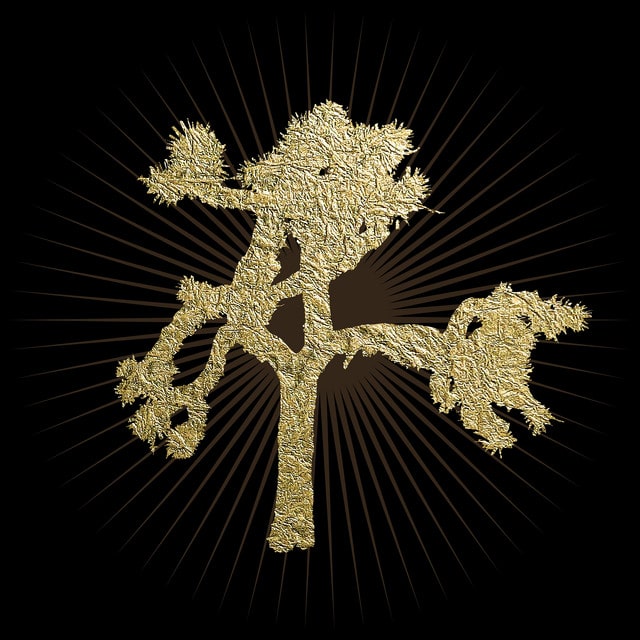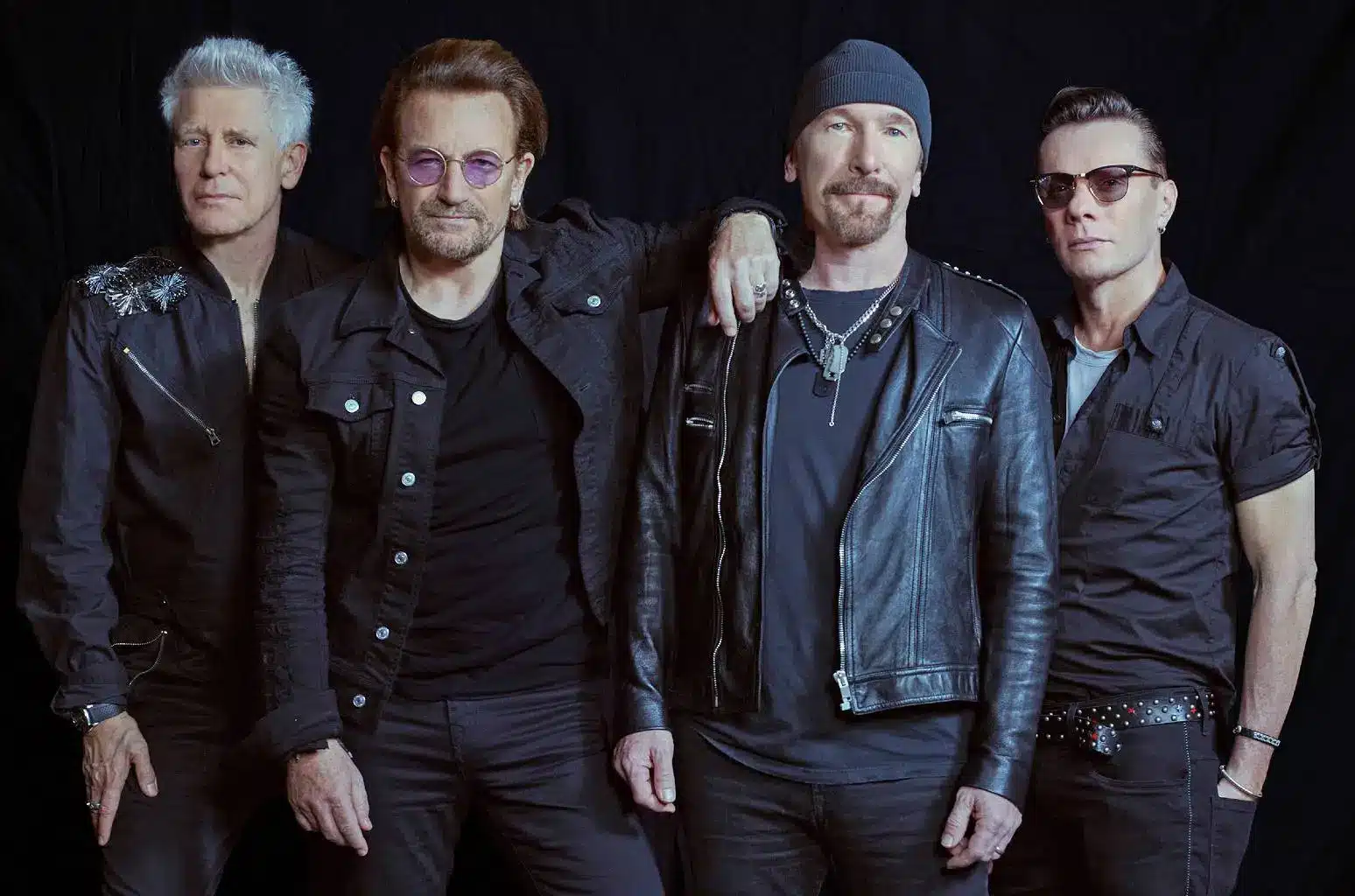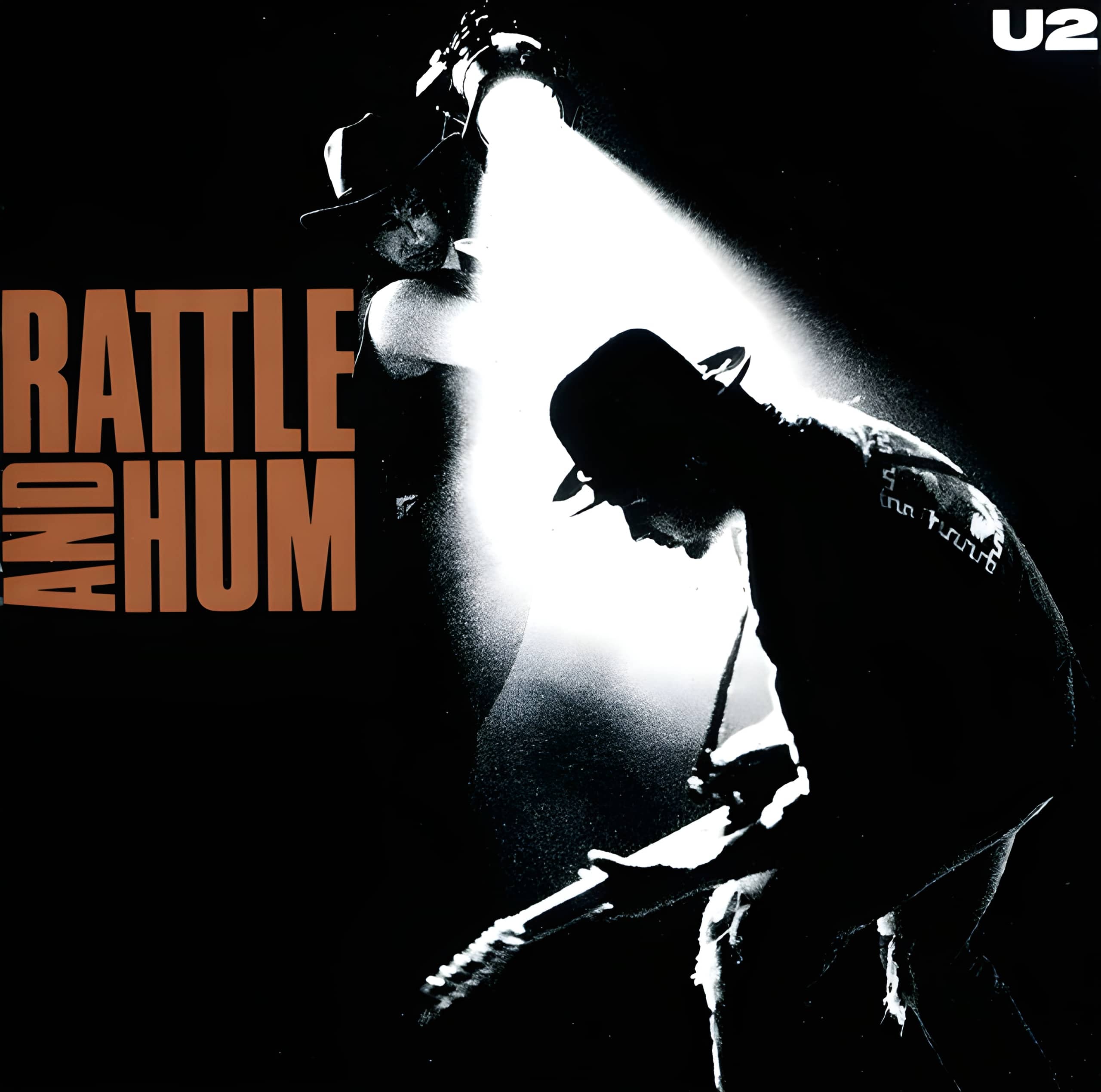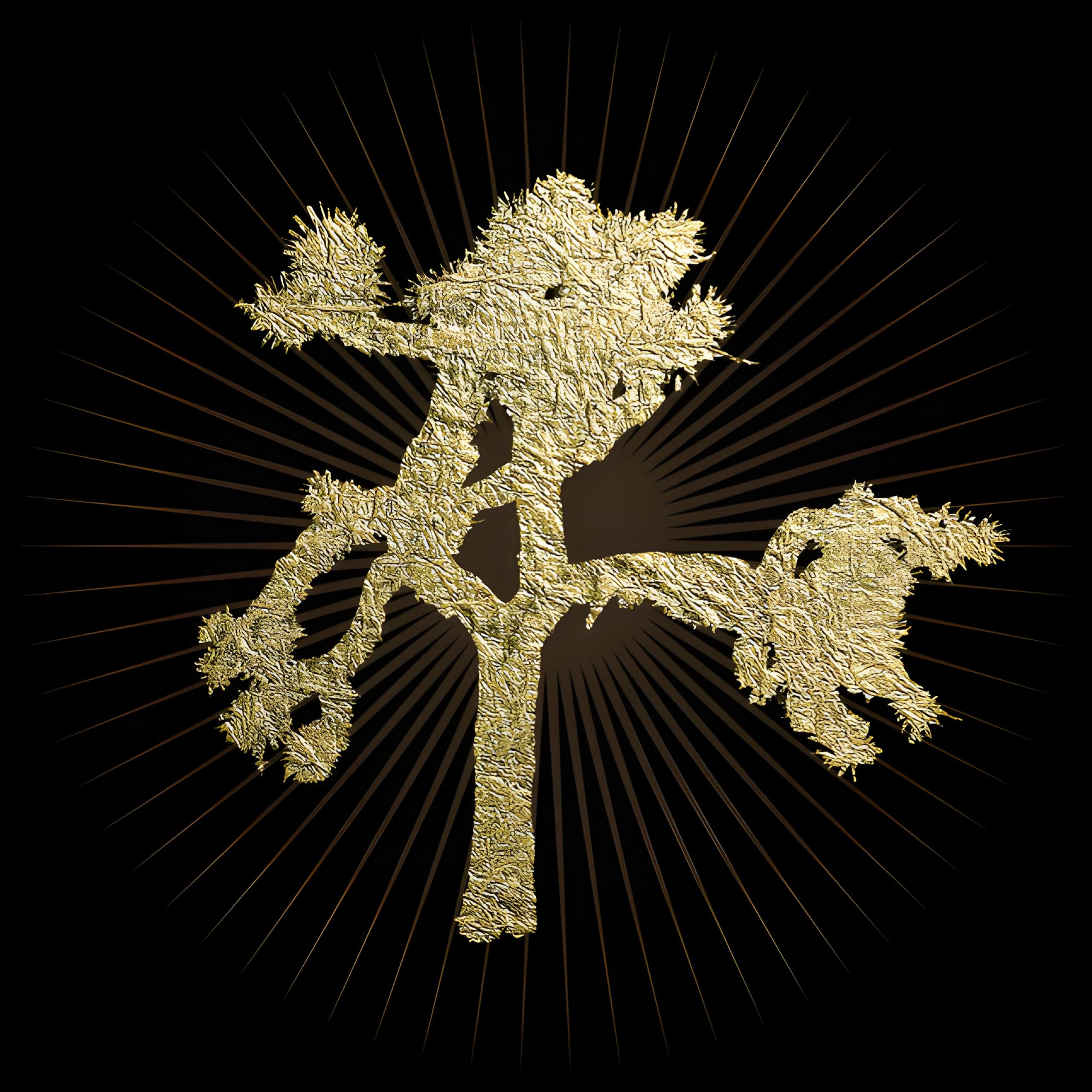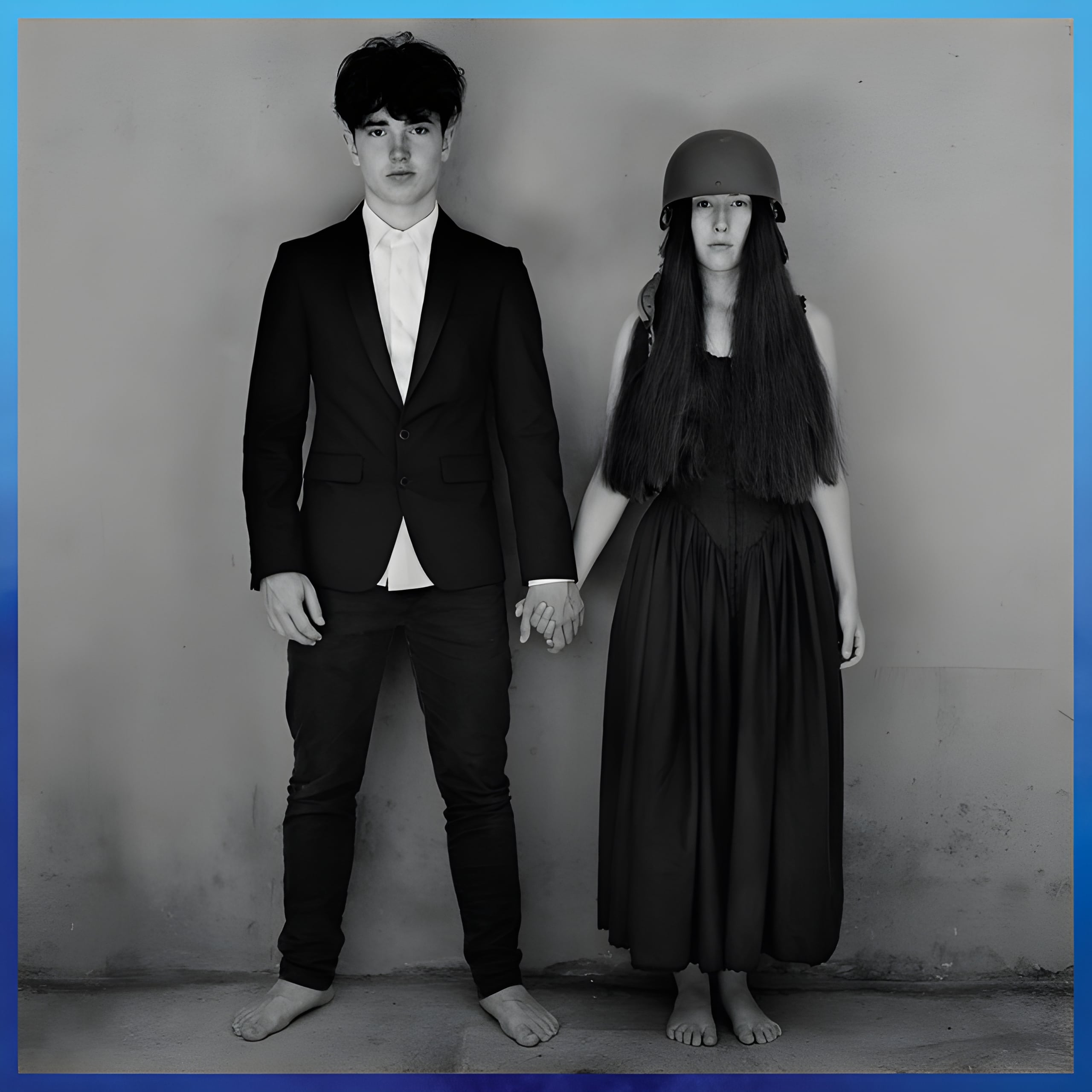Released: 1987
“Where The Streets Have No Name,” performed by U2 and remastered for an even richer sound experience, isn’t just a song; it’s a journey—a quest for liberation from the physical and emotional confines that society, and sometimes our own minds, impose on us. It speaks to the universal desire to escape, to find a place of purity and authenticity, where the superficial labels and boundaries of the world fade away, symbolized by streets without names.
The opening lines, “I wanna run, I want to hide,” immediately plunge us into a visceral longing for freedom and escape. The narrator is not just talking about a physical escape but an emotional and spiritual one. The walls that hold him inside are just as much about mental restrictions and societal expectations as they are about any physical barriers. This yearning to “tear down the walls” and “touch the flame” evokes a profound desire to experience life intensely and without the filters imposed by society. The flame symbolizes a raw, unmediated reality, a truth that can only be accessed by casting aside the facades of everyday life.
As we move deeper into the song, the imagery of “sunlight on my face” and wanting to “take shelter from the poison rain” speaks to the dichotomy of human experience – the search for warmth and light (hope and positivity) while also seeking refuge from the destructive forces around us. This poison rain could represent the negativity, challenges, and toxic influences we face in life. The repeated refrain “Where the streets have no name” serves as a mantra for this idealistic place of purity beyond the reach of these harmful elements.
The narrative unfolds further, painting a picture of a relationship enduring amidst the chaos of a metaphorical flood and the erosion of love into rust. This suggests that even the strongest emotions and bonds can be worn down by the hardships and trials life throws our way. Yet, there’s a beacon of hope as the protagonist vows to show a place “High on a desert plain,” symbolizing an oasis of peace and stability amidst turmoil. This place, “where the streets have no name,” is a metaphysical realm where societal constraints and material concerns evaporate, leaving only the essence of human connection and experience.
The phrase “We’re still building and burning down love” encapsulates the cyclical nature of human relationships and endeavors. It reflects the constant construction and destruction, the making and unmaking, that characterize our efforts to connect, to love, and to find meaning. Despite the inevitability of change and decay (“our love turns to rust”), the song holds a pledge to face it together (“And when I go there, I go there with you“), highlighting the power of companionship and shared dreams.
In essence, “Where The Streets Have No Name” by U2 transcends its rock anthem status, delivering a poignant message about the human condition, our search for freedom, and the enduring power of love amidst life’s turmoil. It’s a masterful exploration of longing, resilience, and the quest for a place—literal or metaphorical—where we can be our true selves, unencumbered by the labels and limitations of the world.
